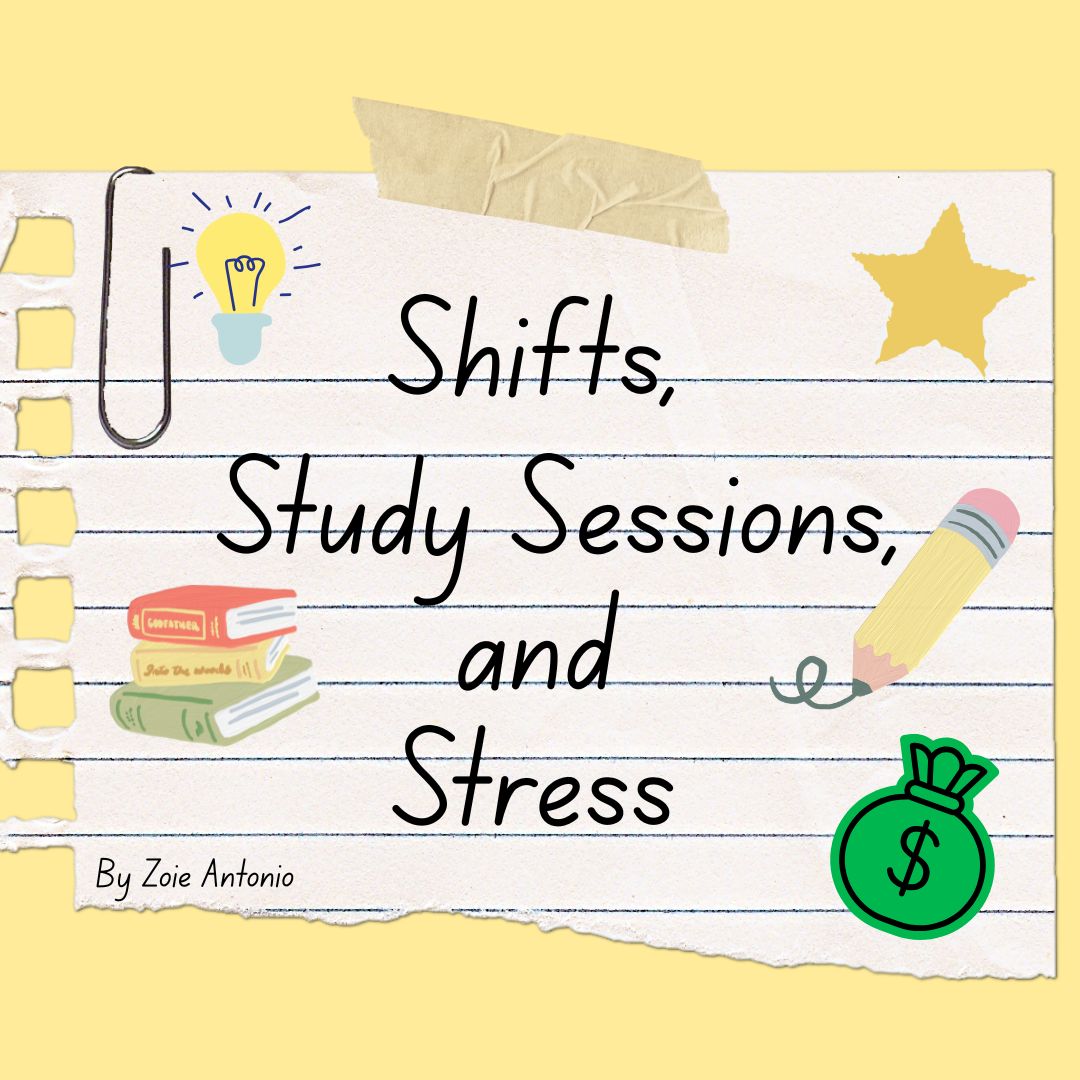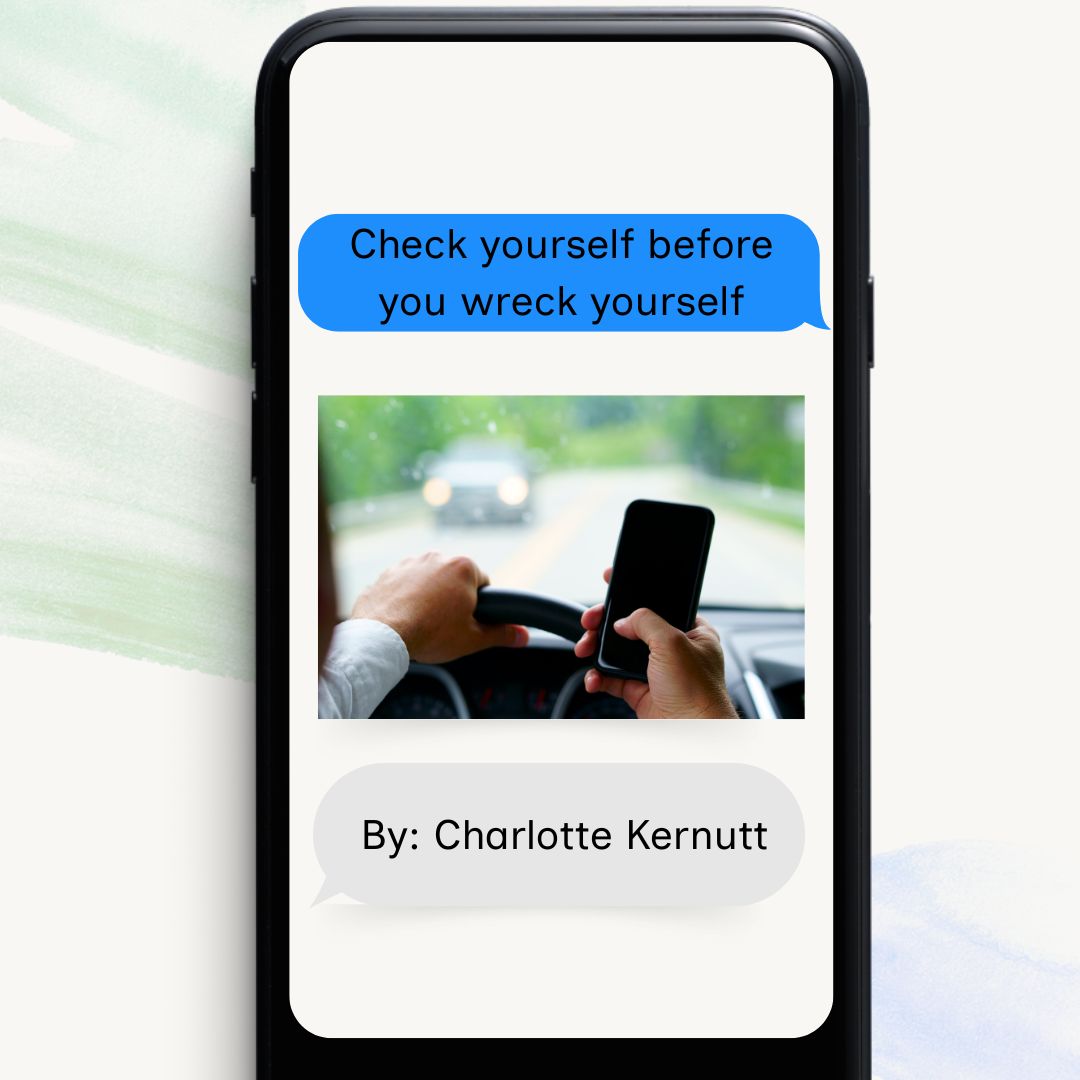According to Britannica, “The earliest known journalistic product was a news sheet circulated in ancient Rome: the Acta Diurna, said to date from before 59 bce.” It “recorded important daily events such as public speeches. It was published daily and hung in prominent places.” Journalism revolutionized our world and as it changed over the decades it made accessing information easier and easier. To this day, as technology advances, so does the media.
Newspapers, which are often what we think of when it comes to traditional journalism, really began with Gutenberg’s printing press. Later, the telegraph line was created, beginning the rapid evolution of communication.
The invention of computers, the internet, smart phones, and social media have revolutionized journalism. Due to the easy access to these sources of information, many newspapers have shut down completely or gone entirely online. According to Public Relations Firm Redline, “Since 2004, about 2,100 local newspapers have closed. Simultaneously, 1,800 communities have lost their local newsroom.”
More and more people are getting their media from non-traditional news sources.
“I get my news from social media for the most part,” said sophomore Haley Horner. “I don’t think journalism has gotten worse, I believe that it is evolving in different ways rather than reading a newspaper or watching the news on TV.”
Communication has become more efficient. There are now faster ways to read and watch what is going on in the world. We are walking into a world where AI generates anything you ask. What if AI were to report the news?
According to Bernard Marr, a contributing author for Forbes, “Generative AI is likely to have a big impact on the working processes of journalists and other writers. But I don’t think journalists – good ones, at least – have to worry about being replaced by AIs for a while.” Marr notes that readers enjoy articles from particular writers because of those writers’ voices and AI can’t imitate that yet; at least not well.
Our Journalism class at Salem is changing with the times. We went digital with a website and app rather than a printed newspaper in 2020, just in time for COVID. We also post news on our Instagram account @shs.press.
“Journalism has changed faster in the last 20 years than ever before,” said Journalism and Dual Enrollment teacher Kathleen Trace. “It is more difficult to get jobs in ‘traditional’ journalism careers. The news (trustworthy or not) is spread through social media and as-it’s-happening posts on news networks. Reporters don’t need fancy cameras and photography skills like they used to. Even the New York Times sometimes uses pictures taken on iPhones, so it’s a totally different thing to be teaching journalism now than it was 15 years ago. On the positive side, now, anyone in the world can read our stories on www.sundeviltimes.com or on our app, and each story is easily accessible for years to come as a portfolio-building method for students.”
Like everything else in history, the news media has evolved and will keep evolving. Where do you get your news? A printed newspaper? Or on a screen?







